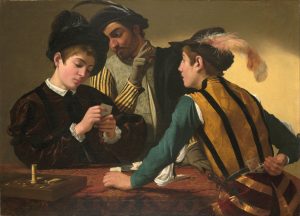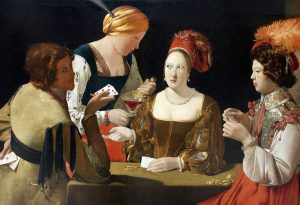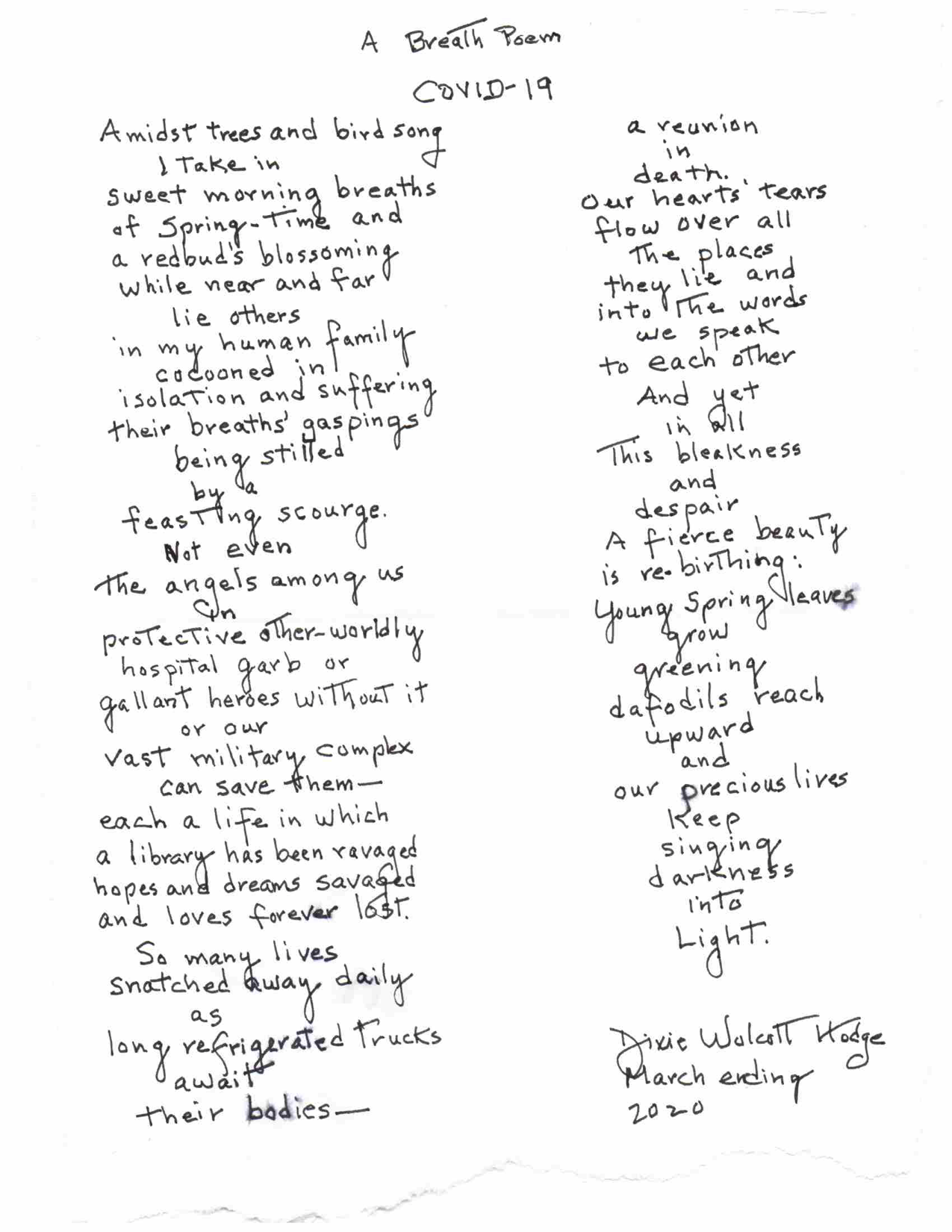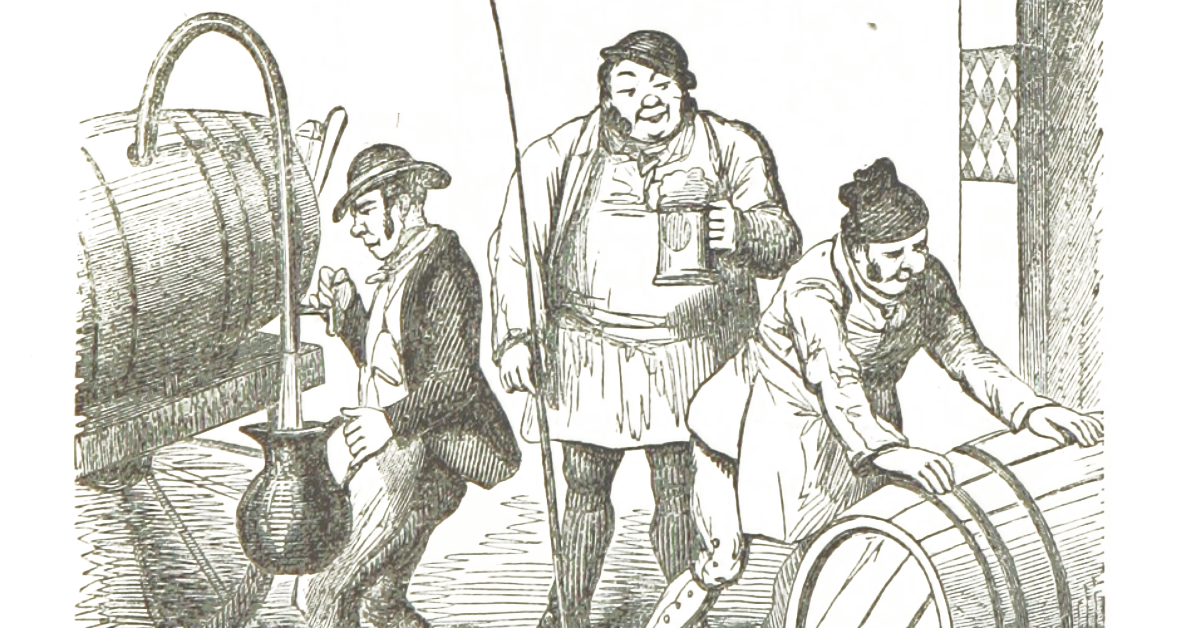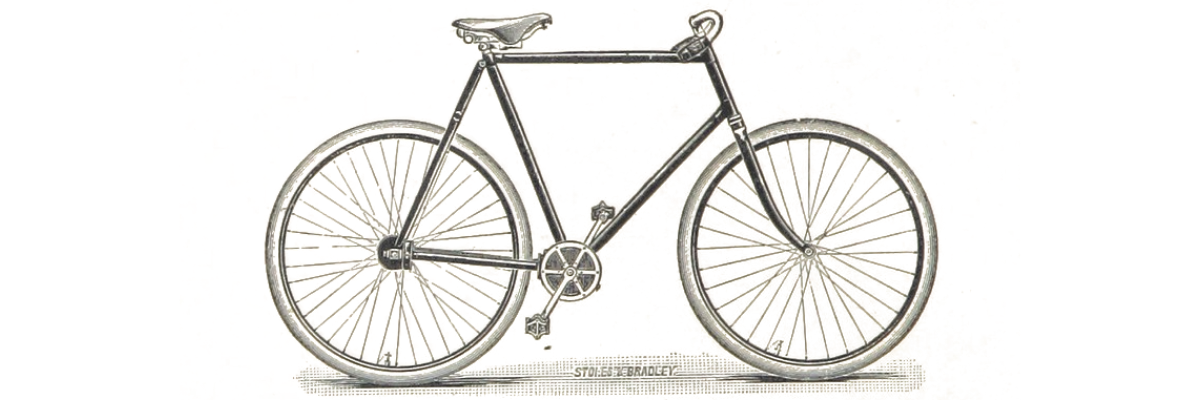The Stuffed Potatoes
By Jim Dodson
Two or three times a month, we meet for lunch at a quiet bar of a local restaurant.
We catch up on news and work, talk about books we are reading and swap tales about the adventurous lives of our wives, grown children and grandbabies. Sometimes it’s history and politics that dominates the conversation. More often we share thoughts on life, love and matters philosophical. In a nutshell, we attempt to solve most of the world’s problems in the span of time it approximately takes to consume a couple well-stuffed baked potatoes.
That seems about right since the three of us always order the same items off the bar menu. Joe and I routinely order fully loaded baked stuffed potatoes while our worldly friend Pat – who prefers, may we say, to be called Patrick — gets a fancy club sandwich. There’s always one in every crowd.
Some time ago, I began calling our gathering The Stuffed Potatoes Lunch and Philosophy Club.
Spud Buds for short.
You see, we’ve known each other for more than half a century. Pat (oh, right…Patrick) is my oldest pal; we grew up a block from each other and have spent years chasing golf balls and trout in each other’s company. Patrick and Joe grew up attending the same Catholic church. But I knew and liked Joe a great deal in high school.
To look at us, you might think we’re just three old dudes swapping war stories in a booth.
Technically speaking, I suppose we are “old” guys, though none of us thinks of ourselves that way in the slightest.
We were born weeks apart in 1953 — Joe in January, me in February, Pat(rick) in March.
What a banner year it was: The Korean War ended and Dwight Eisenhower became president. Hillary — the mountaineer, that is — reached the summit of Everest. Elizabeth II was crowned Queen of England. Gas cost 20 cents per gallon. The first Corvette went on sale. Albert Schweitzer won the Nobel Prize. From Here to Eternity was the top Hollywood movie. Ian Fleming published his first James Bond novel. Mickey Spillane was the king of crime fiction.
Our mothers, bless their sweet suburban hearts – classic housewives of the 1950s – knew exactly what they were doing giving us simple 1950-ish names like Joe, Pat and Jimmy, names that fit us like a pair of Buster Brown shoes, names from a Mickey Spillane novel or a Burt Lancaster movie.
I’m guessing nobody these days names their kid Joe, Pat or Jimmy. Not when you’ve got so many exotic choices like Brendan, Rupert or Hamish floating around in the Millennial baby pool. Just to be sure what I’m talking about, I looked up the most popular male names for millennial babies in 2020.
Michael, Christopher, Matthew and Joshua are actually the top Millennial male names for 2020. Daniel ranks fifth.
That’s four Biblical names shy of a Christian baseball team. With a starting lineup like that, you could almost write your own Old Testament — if Millennials bothered to go to church anymore.
Joe’s the only one of us who has achieved exalted granddad stature. He and wife Liz have two g-babes, in fact. One’s in Durham, the other Asheville. They go see them all the time and who can blame them for that? If I had grandbabies somewhere within shouting distance I’d burn up the highway just to make a proud and happy fool of myself every dang weekend.
As of this month, we’ve all turned 67 years old. No applause necessary. Or desired.
Truthfully, t’s rather amazing how quickly this age-thing happened. Once upon a time, 67 sounded positively ancient to our carefree, youthful ears — one bus stop shy of the boneyard, as Mickey Spillane might say.
The funny thing is, none of us feels at all ancient or even looks terribly old, according to our thoughtful wives and daughters. Then again, they might need new glasses.
With age, however, comes a number of often unadvertised benefits.
We’ve each buried family and friends, suffered setbacks and experienced comebacks, seen enough of life and sudden death – not to mention the drama of our own aging bodies — to know that bittersweet impermanence is what makes living fully so important and precious. To laugh is to gain a taste of immortality.
Failed projects and busted business deals have taught us that’s there’s really no failure in this life – only reasons to get up, dust off our britches and try a different path. A new summit awaits.
Our faith has been tested and found to be alive and kicking, even after all these years. Correction: Especially after all these years.
In brief, we’ve learned that joy and optimism are spiritual rocket fuel, that divine mystery is real and the unseen world holds much more intriguing possibilities than anything we read about in the news or watch on Netflix, Hulu or Amazon.
Ditto the natural world of woods and fields and streams.
It’s no coincidence that we share a profound love of nature, drawing comfort and wisdom from its many lessons.
Joe, a forester by training, spends his days helping clients find and set aside wild lands for future generations to enjoy. He and Liz are dedicated wilderness hikers, walking encyclopedias of botany and flora, forever in search of new trails and unspoiled vistas when they’re not slipping off to see those beautiful grandbabies of theirs.
Patrick is a top businessman whose real love is the spiritual solitude of remote trout streams and chasing a golf ball around the highlands of Scotland with his oldest pal. He’s also skilled bird-hunter but shoots only clays with Joe some Wednesday afternoons.
Several years ago, Pat and Joe built a cabin on Pat’s land up in the Meadows of the Dan. They set up cameras just to film any wildlife that happened by, cleared roads and got to know the locals. Since both are still working and have no plans to retire, that cabin became a way, as Joe puts it, “to reset our clocks – inside and out.” We take from nature, said Theodore Roethke, what we cannot see.
As for me – a veteran journalist and writer who busier than ever and shares their view of the dreaded R-word — I’m an aging Eagle Scout, fly-fishing nut, bird watcher and gardener who once spent six glorious weeks in the remote bush of South Africa with a trio of crazed plant hunters dodging black mambas and spitting cobras just to see the world’s smallest hyacinth and other exotic plants in the ancestral birthplace of the world’s flowers. The baboons, birds, springboks and elephants weren’t bad, either. I felt like a kid in a Rudyard Kipling tale.
At that time, I also lived in a house I built with my own hands, in a forested hill near the coast of Maine. There in my woodland retreat, I rebuilt the stone walls of a long abandoned 18th century farmstead and created a vast English garden in the woods that nobody but family, friends, Fedex guy and local wildlife ever laid eyes on. My late Scottish mother-in-law, cheeky women, suggested I name my woodland garden “Slightly Off in the Woods.”
I called it my Holy Hill, my little piece of Heaven.
My two children grew up there watching the seasons come and go, learning to look and listen to the instructive voices of nature. Today, one is a documentary journalist living and working in the Middle East, the other a top copywriter and screenwriter in New York City. Both claim they carry the peace of that Holy Hill with them in their hearts, and I believe them. I do, too. Nature’s wisdom is infectious.
Maybe that’s what I love most about lunches with the Stuffed Potatoes.
At a time of life when a lot of men our age lose their curiosity and zest for living, spending their days grumbling about sports, politics or the weather, we take genuine pleasure in each other’s company, swapping tales of life’s natural ups and downs while sharing thoughts for the road ahead.
Joe has stories galore and the most booming laugh you’ve ever heard. The again, he grew up having to be heard as fifth child in a family of nine kids. Today, he has 53 cousins and an uncle who became the voice of the American Environmental movement, and is always coming out with pearls of wisdom that I promptly write down. We call them “Joeisms.”
Here’s one of my favorites, perfect for the rude or thoughtless among us: Everybody has to be somewhere. I just don’t have to be there with him.
Patrick is gifted with what the Irish call the craic — an ancient Irish word that means he can talk to anyone and entertain them royally while he’s doing it. He’s a master at solving complex problems and has quietly done things that help teenagers and homeless folks than anyone I know. He’s also the only guy I know who’s probably read more books than me, which is really saying something. At least he hasn’t started writing them — yet.
So we are three for lunch – the wise forester, the craic fisherman and the mad gardener.
A fictional Forest Gump got famous for saying life is like a box of chocolate because you never know what you’ll get.
I beg to disagree, believing life is actually more like a gloriously stuffed baked potato because, the more you put in, the better it tastes.
My Spud Buds, I suspect, would agree — even if one of them prefers the club sandwich.
There’s always one in every crowd.
This “Simple Life” first appeared in O.Henry magazine in March 2020.
